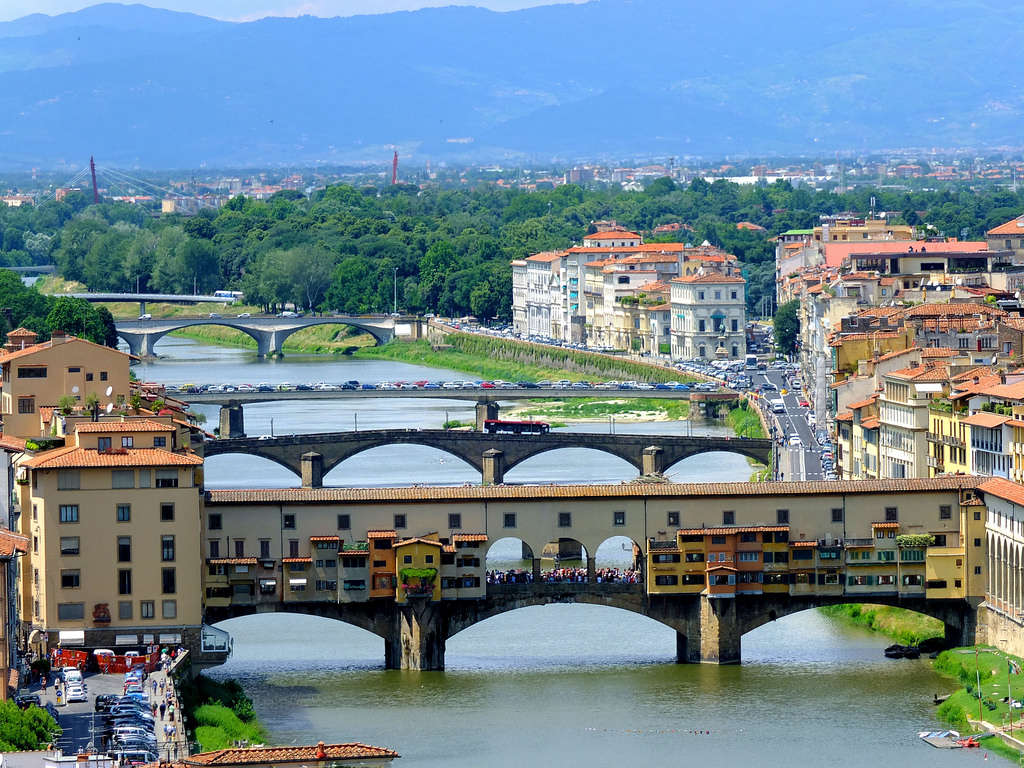“Rome deserves cliche status – in the positive”
December 15 Rome is a cliche, but in a good way, writes Shastri Sookdeo, 27, a Commonwealth Correspondent from Trinidad now living in Amsterdam. He has praise for the city’s food, architecture and sense of life.
Rome is a cliche, but in a good way, writes Shastri Sookdeo, 27, a Commonwealth Correspondent from Trinidad now living in Amsterdam. He has praise for the city’s food, architecture and sense of life.
Rome is a cliché. Usually that isn’t a good thing, but when the cliché is that a city is cool, full of life and gorgeous, the clichés can stay.
Rome is possibly the only European capital that can claim to rival Paris in the popular imagination in terms of having an expectation around it. Even Paris is now succumbing to parallel narratives due to the sheer size of the city (much like London), and with the immigrant experience less of an unknown story, at least to non-immigrants. Immigrants always knew it wasn’t cities paved with gold that they would find.
Some combination of smaller population, less immigration and the weight of centuries of civilization being still visible across the city has allowed Rome to actually deserve the tag of “The Eternal City”. My idea of Rome comes to me primarily from Italian films of the 1960s. Rome is black and white in my mind, just as it is on Fellini’s film reel.
I had low expectations. Months in London had allowed cynicism to set in. London itself was not particularly depressing, but the idea of moving to another capital such as Amsterdam or Paris was starting to seem more appealing, if only scarcely possible. Everyone knows that London rains perpetually and is always gloomy. Everyone thinks it can’t really be that bad. It’s not true. There’s a reason the English and the Dutch were the best sailors. It’s because they couldn’t wait to get away. No one else sees the Palestine desert or the Namibian veld and thinks of colonising it, except people who are fed up with rain!
From that point of view, the grey skies and light drizzle when I got out of Ciampino didn’t seem auspicious.
Italians are lucky because they have the best food in the world. It’s something one hears a lot, mostly from Italians. The thing about such a statement is that only people who know they have good food would say such a thing. As far as I know, no country that has been lazy with their culinary development has been deluded enough to claim they’re the best. Really, the French and the Indians are the only ones who could even claim to try to match the Italians at food. Probably the Japanese, too, but I’ve not met many boastful Japanese people.
Italian food being excellent was not something unexpected. Having spent time in the Little Italy neighborhoods of Toronto and New York, I doubted I could really be surprised by any pasta dish. I was halfway right. It was the risotto that was of a higher quality than any I’d had before.
Roman architecture is world famous and historic. I already knew this. Most of the world knows this. Being in Rome gives ones the sensation of walking around an open air museum. But Rome is not a museum. Unlike other beautiful cities such as Budapest, Rome is full of life. The monuments of Rome are embedded into the everyday life of the city. In that sense, they are not monuments but markers of the history of the city.
London also has markers of history throughout the city, and like Rome, these are in close proximity to more modern aspects of life. The most obvious examples are St. Paul’s being next to the Millennium Bridge and the London Eye being across the river from Big Ben. But while Londoners are used to having these monuments in their city, it regularly seems as though they forget they are there. It’s understandable enough. If one goes past the Parliament building every day, it soon loses its excitement.
Yet it never seemed like that in Rome. Romans regularly took interest in their city. They would take the time to stop and admire the monuments they saw every day. Maybe not every time they went past, but with regularity. Often, when I would ask people who I assumed to be fellow tourists (because I assumed people staring at buildings would be tourists also) what they liked most about Rome, they would answer and close with “I always come to see this place when the weather is good” or “It’s important that I stop and look at this. There is always time to see nice things again”.
Photo credit: tubblesnap Bridges via photopin (license)
…………………………………………………………………………………………………………………
About me: I most recently worked as an operations analyst with a focus on procurement. My interests are sports, foreign languages, travel and cooking. My studies in finance have also given me a fascination for currency markets and international trade.
My ambition is to be able to travel extensively and attempt to document and describe the intricacies of the many diverse sporting and culinary cultures across the world.
…………………………………………………………………………………………………………………
Opinions expressed in this article are those of the author and do not necessarily represent the views of the Commonwealth Youth Programme. Articles are published in a spirit of dialogue, respect and understanding. If you disagree, why not submit a response?
To learn more about becoming a Commonwealth Correspondent please visit: http://www.yourcommonwealth.org/submit-articles/
…………………………………………………………………………………………………………………




